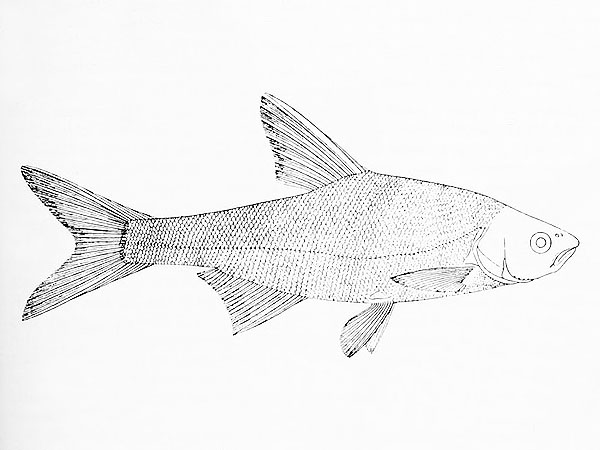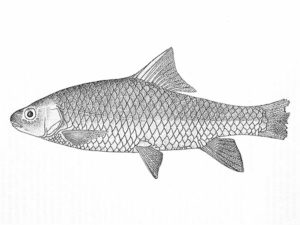The Orontes Bream, aka. Long-spine Bream, described in 1843; it was restricted to Lake Amik in Turkey as well as some water bodies in the Ghab Plain in Syria, which both obtain their water from the Orontes River.
Lake Amik was drained in the 1940 to obtain land for growing cotton but also to eliminate malaria; and the swampy areas in the Ghab Plan were drained in the 1950s, more or less for the same reasons.
The Orontes Bream is now most likely completely extinct.
*********************

Depiction from: ‘M. Goren; L. Fishelson; E. Trewavas: The cyprinid fishes of Acanthobrama Heckel and related genera. Bulletin of the British Museum (Natural History) Zoology 24(6): 293-315. 1973’
The Trustees of the Natural History Museum, London
(under creative commons license (4.0))
https://creativecommons.org/licenses/by-nc-sa/4.0/
*********************
edited: 30.04.2021


